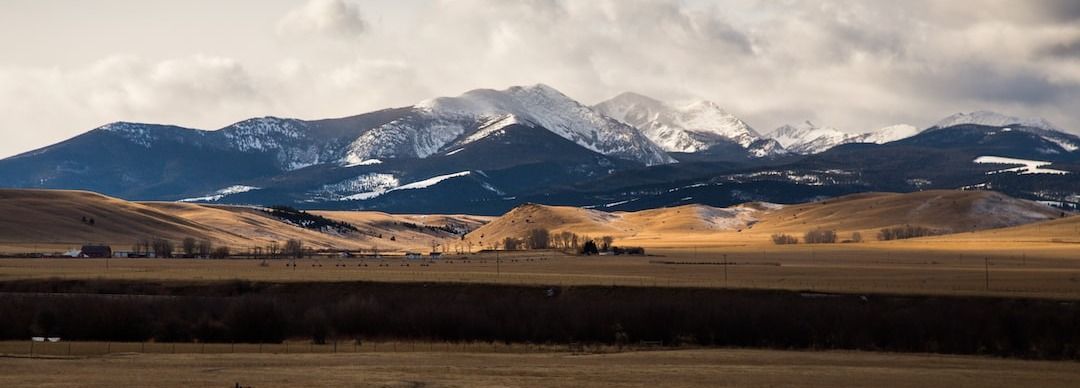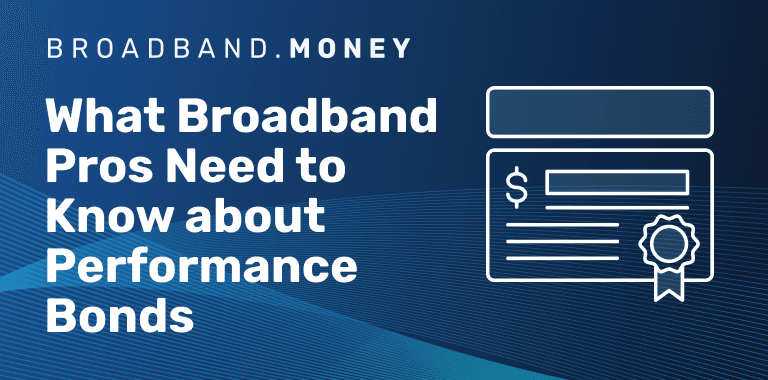Montana begins broadband challenge process
January 09, 2024
The big sky state joins a small list of eligible entities that have kicked off their broadband challenge process.

Applicants seeking a speedy 90-day guide to receiving your BEAD funding should beware: this is not that guide.
As far as BEAD is concerned, 90 days just won’t cut it, and such a timeline would expose applicants to two elements that are usually avoided at all costs: enormous cost and enormous risk.
These elements exist as a result of several factors, including guidelines and timelines that vary state by state based on requirements set by the NTIA.
That’s according to Lori Adams, vice president of broadband policy and funding strategy for Nokia, who has written a three-part series diving into building effective partnerships for BEAD success, navigating procurement timelines and Buy America, Build America.
Her advice to applicants is plain and simple: “If you’re going to wait until the state’s application is made public, you’re going to be toast.”
“BEAD is unlike any other federal program for broadband that has ever existed,” Adams said. “It’s the enormous costs for each component of the application and time consuming activities required before the application is even submitted.”

As states are undergoing their processes for defining their project areas, applicants can get ahead by taking the following steps:
Applicants should be sure to familiarize themselves with the Volume I and II initial proposals submitted by their state broadband offices. This, more specifically, means becoming familiar with the application requirements that each state has set in these proposals.
Colorado, for example, has five pages of pre-qualification requirements for BEAD applicants, as outlined in its Volume II initial proposal. Louisiana, for instance, has established an extensive pre-qualification process that applicants must complete before even being eligible for the full application process.
“There’s commonalities, like each state has a scoring criteria and a process for pre-qualification, but the nuances of each of these vary dramatically state-by-state,” Adams said.
Applicants will be required to hire both PEs and CPAs, in order to complete the BEAD process, which adds to overall costs but will add additional time to the process.
BEAD requires that applicants submit financial audits completed by CPAs to ensure that financial obligations of undertaking the project can be met. PEs, additionally, will be required to submit certification that proposed designs are structurally sound and within budget.
It’s also a great time to familiarize yourself with alternative sources of funding, such as performance bonds.
“The PE requirement alone is going to be a barrier to people and they’re not going to realize it,” Adams said. “Most times, you don’t need a PE certification until after the award and this will be a challenge because PEs traditionally don’t sign off on projects until after they’ve developed it.”
As a result, applicants are going to need to build a relationship with a PE who can familiarize themselves with the design process enough to be willing to sign off on it.
“You’re looking at a one to two-month process for the PE component alone,” Adams said.

Applicants, much like state broadband offices, have specific requirements for stakeholder engagement. These include gathering letters of support and gathering insights from ongoing challenge processes to see how states are defining project areas, such as by county or census block.
This is incredibly crucial as states seek input about the current providers from local communities to ensure that the applicant that best serves the communities’ needs can be competitive in the process.
“If you’ve been going through the challenge process, you have a pretty strong sense of how these areas are defined and can perform some guesstimation to figure out your next steps,” Adams said.
Taking this steps solidifies the enormous opportunity that applicants have ahead of them to shape the course of America’s history with broadband as crucial players in the country’s largest (and likely, last) major broadband infrastructure investment. It’s too much risk to allow it to pass by.

January 09, 2024
The big sky state joins a small list of eligible entities that have kicked off their broadband challenge process.

December 19, 2023
A crash course on performance bonds for America’s leading broadband pros